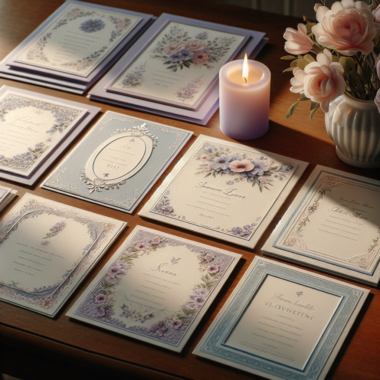A funeral program serves as a cherished keepsake and a guide for attendees during the memorial service. It reflects the life and legacy of the departed, providing a structured overview of the service. Crafting a thoughtful and meaningful program can be a comforting task for families, offering a tangible tribute to their loved one.
When pondering what to write in a funeral program, consider including essential details such as the deceased’s full name, birth and death dates, and a schedule of events. These elements ensure that attendees are informed and can follow along with the proceedings. Additionally, adding personal touches like poems, quotes, or anecdotes can make the program more heartfelt and memorable.
If you are unsure where to start, seek inspiration from previous programs or consult with a professional service. At DisciplePress, we specialize in creating customized funeral and memorial prints that honor your loved one beautifully. Order funeral & memorial prints today to create a lasting tribute.
Essential Information to Include

Including essential information in a funeral program ensures that the service flows smoothly and honors the memory of the deceased appropriately. Here are some key elements to consider:
- Cover Page: The cover typically includes the deceased’s name, birth and death dates, and often a photo. A meaningful quote or short verse can also add a touch of personalization.
- Order of Service: This section outlines the sequence of events, such as readings, prayers, hymns, and eulogies. It helps attendees follow along and participate in the service.
- Obituary or Life Summary: A brief biography that highlights significant moments, achievements, and the personality of the deceased. This can also include details about family members and close relationships.
- Participants: Listing the names of those who will be speaking, singing, or otherwise participating in the service is a polite acknowledgment of their contributions.
- Special Messages: Space for personal messages, poems, or scriptures chosen by the family. These can offer comfort and reflection for attendees.
- Acknowledgments: A section to thank those who have supported the family during their time of loss, such as caregivers, friends, and other service providers.
- Service Details: Information about the location, date, and time of the service, as well as any post-service gatherings or receptions.
By thoughtfully including these elements, you can create a comprehensive and respectful funeral program that serves as a fitting tribute to your loved one.
Writing Personal Tributes

Personal tributes are a heartfelt way to honor a loved one in a funeral program. They provide an opportunity to share memories, express love, and celebrate the unique qualities of the deceased. Here are some tips for writing meaningful personal tributes:
- Be Authentic: Write from the heart. Authenticity resonates more deeply than trying to use overly formal or poetic language. Share genuine thoughts and emotions.
- Share Memories: Include anecdotes and stories that highlight the personality, passions, and character of the deceased. These memories can bring smiles, laughter, and tears, helping to paint a vivid picture of their life.
- Express Gratitude: Acknowledge the positive impact the person had on your life and others. Expressing gratitude can provide comfort to both the writer and the readers.
- Be Specific: Specific details make tributes more personal and relatable. Instead of saying the person was kind, describe a particular act of kindness that left a lasting impression.
- Use Quotes or Poems: Including quotes, poems, or song lyrics that were meaningful to the deceased can add depth and resonance to your tribute. Ensure they reflect the person’s values and beliefs.
- Keep it Concise: While it’s important to convey your thoughts and feelings, keeping the tribute concise ensures it can be comfortably included in the program without overwhelming the reader.
- Edit Thoughtfully: Take the time to review and edit your tribute to ensure it flows well and captures the essence of your message. Reading it aloud can help identify areas for improvement.
Writing personal tributes can be an emotional process, but it is also a powerful way to celebrate and commemorate the life of your loved one. By following these tips, you can craft a tribute that is both heartfelt and memorable.
Incorporating Poems and Quotes

Incorporating poems and quotes into a funeral program can add a layer of depth and meaning, helping to express emotions that may be difficult to put into words. Here are some considerations to keep in mind when selecting and including poems and quotes:
- Select Meaningful Content: Choose poems and quotes that held significance to the deceased or reflect their personality, beliefs, and values. This ensures that the selections resonate with the individual’s life and legacy.
- Consider the Audience: Think about the attendees and their relationship with the deceased. Opt for content that will be comforting and relatable to a diverse audience, avoiding anything too obscure or potentially divisive.
- Match the Tone: The tone of the poem or quote should align with the overall mood of the service. Whether it’s somber, uplifting, or a mix of both, the chosen words should complement the emotional atmosphere of the event.
- Placement Matters: Strategically place poems and quotes throughout the program to guide the emotional journey of the attendees. Consider opening with a reflective quote, including a poem alongside personal tributes, and ending with an inspirational message.
- Keep It Balanced: While poems and quotes can be powerful, they should not overwhelm the program. Balance them with other elements such as personal tributes, biographical information, and service details to create a cohesive and comprehensive memorial.
- Use Proper Attribution: Always credit the original authors of poems and quotes. This not only shows respect for their work but also provides context for the readers.
Incorporating poems and quotes thoughtfully can provide solace and inspiration, making the funeral program a more enriching and memorable keepsake for those mourning the loss of a loved one.
Design and Layout Considerations

When creating a funeral program, the design and layout play a crucial role in presenting the content in a respectful and organized manner. Here are key considerations to ensure your program is both visually appealing and functional:
- Choose a Theme: Selecting a consistent theme that reflects the personality of the deceased can provide a unified look. This could be based on their favorite colors, hobbies, or even a particular season or flower they loved.
- Font Selection: Opt for readable fonts that convey the solemnity of the occasion. Combining a classic serif font for headings with a clean, sans-serif font for the body text can create a balanced and elegant appearance.
- Use High-Quality Images: Include high-resolution photos that highlight the life and legacy of the departed. Ensure that images are clear and well-placed, avoiding clutter and maintaining focus on key content areas.
- White Space: Utilize white space effectively to avoid overwhelming the reader. Adequate spacing between sections can enhance readability and provide a clean, uncluttered look.
- Consistent Layout: Maintain a consistent layout throughout the program. This includes uniform margins, alignment, and spacing. Consistency helps guide the reader’s eye and ensures important information is easy to find.
- Color Palette: Choose a harmonious color palette that aligns with the tone of the service. Soft, muted colors are often appropriate, but adding a touch of vibrant color that was significant to the deceased can also be meaningful.
- Order of Content: Organize the content logically and sequentially. Start with the cover page, followed by the order of service, personal tributes, poems or quotes, and finally, any acknowledgments or thank-you notes.
- Proofread: Before finalizing the program, thoroughly proofread all text to ensure there are no errors. This step is essential to maintain the program’s professionalism and respectability.
Thoughtful design and layout can significantly enhance the impact of a funeral program, turning it into a cherished keepsake that honors the memory of a loved one with dignity and grace.
Final Thoughts and Proofreading

As you approach the completion of your funeral program, it’s essential to pay special attention to the final touches and proofreading. These steps ensure that your program reflects the respect and care you intend to convey.
- Review for Accuracy: Double-check all names, dates, and other personal information for accuracy. Small errors can detract from the program’s professionalism and may be distressing for family members.
- Ensure Consistency: Verify that the design elements, such as font choices, colors, and margins, are consistent throughout the document. Consistency helps create a polished and cohesive look.
- Read Aloud: Reading the text aloud can help you catch awkward phrasing or missing words that you might overlook when reading silently. It also helps in ensuring that the flow of the content is smooth and natural.
- Seek a Second Opinion: Having another person review the program can provide a fresh perspective. They may catch errors you missed and offer valuable suggestions for improvement.
- Check Print Quality: Before printing the final batch, print a single copy to check the quality and layout. Ensure that images are clear, text is legible, and colors print as expected.
- Emotional Tone: Ensure that the tone of the program is appropriate and sensitive to the emotions of the attendees. The language should be respectful and comforting, reflecting the solemnity of the occasion.
Incorporating these final steps will help you create a funeral program that is both beautiful and meaningful, serving as a lasting tribute to your loved one. Attention to detail in the final stages can make a significant difference in the overall quality and impact of the program.
Order funeral & memorial prints today at DisciplePress, LLC to ensure your program is crafted with the utmost care and precision.
 Free Shipping Over $50
Free Shipping Over $50  888-432-8363
888-432-8363


 Obituary/Programs
Obituary/Programs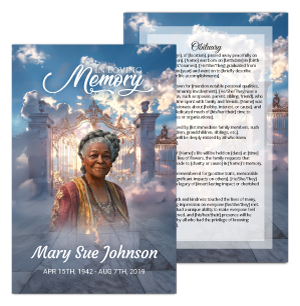 No-Fold Memorial Programs
No-Fold Memorial Programs 4 Page Funeral Programs
4 Page Funeral Programs 8 Page Memorial Programs
8 Page Memorial Programs 12 Page Funeral Programs
12 Page Funeral Programs 16 Page Funeral Programs
16 Page Funeral Programs 20 Page Funeral Programs
20 Page Funeral Programs Tri-Fold Funeral Programs
Tri-Fold Funeral Programs Complete Memorial Packages
Complete Memorial Packages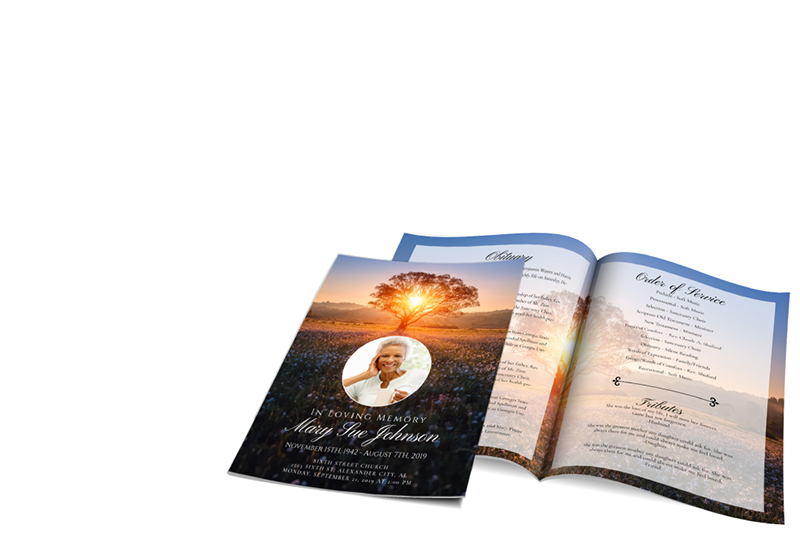
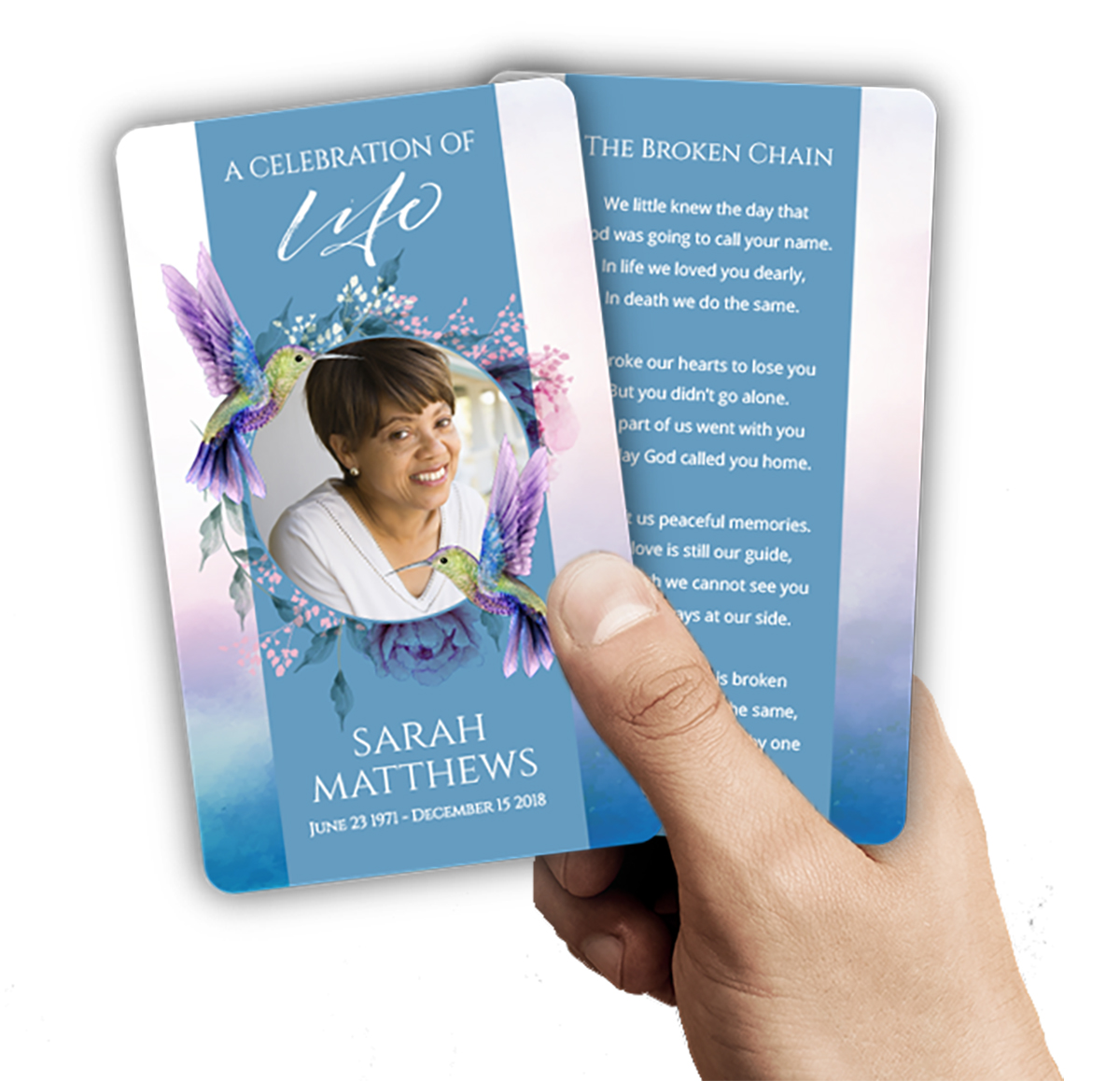 Cards & Bookmarks
Cards & Bookmarks Saint Prayer Cards
Saint Prayer Cards Folded Memorial Cards
Folded Memorial Cards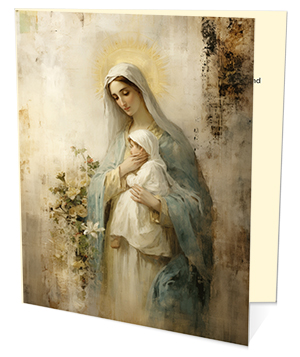 Folded Holy Cards
Folded Holy Cards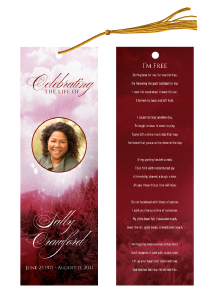 Memorial Bookmarks
Memorial Bookmarks Thank You Cards
Thank You Cards Share-A-Memory Cards
Share-A-Memory Cards Memorial Magnets
Memorial Magnets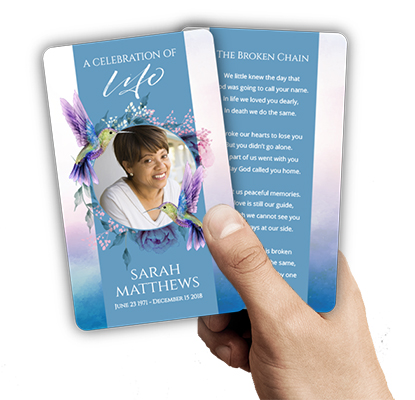
 Memorial Posters
Memorial Posters Guest Books
Guest Books Slide Shows
Slide Shows Memorial Fans
Memorial Fans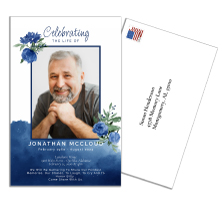 Death Announcements
Death Announcements Take Away Keepsakes
Take Away Keepsakes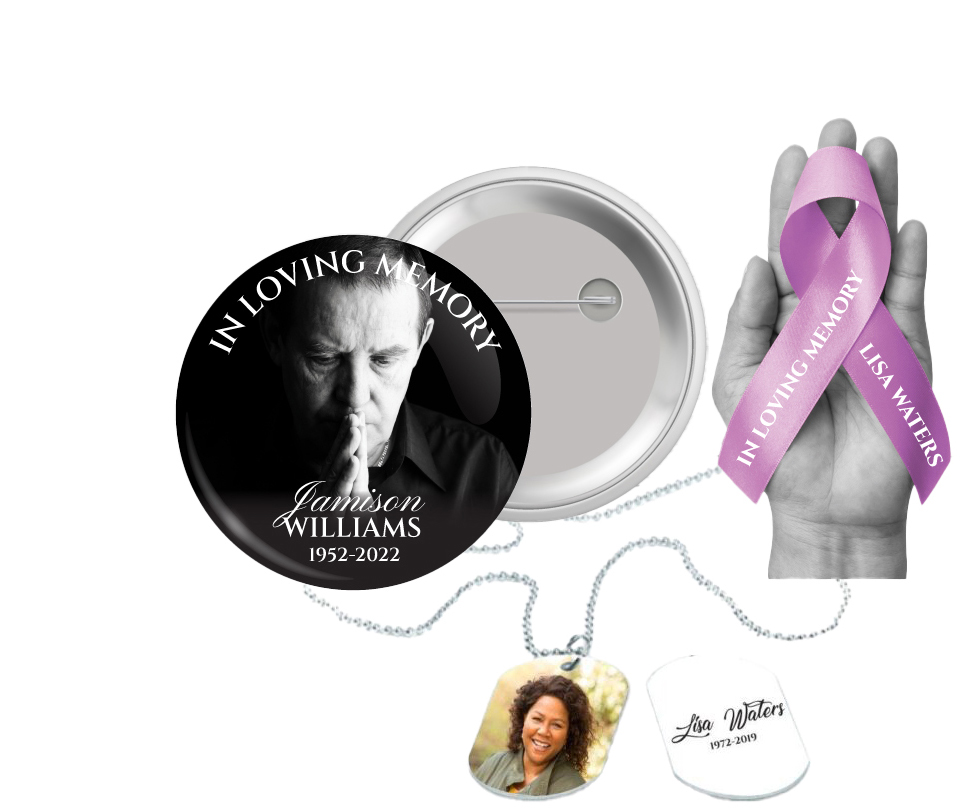
 Church Products
Church Products


